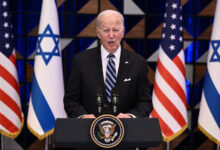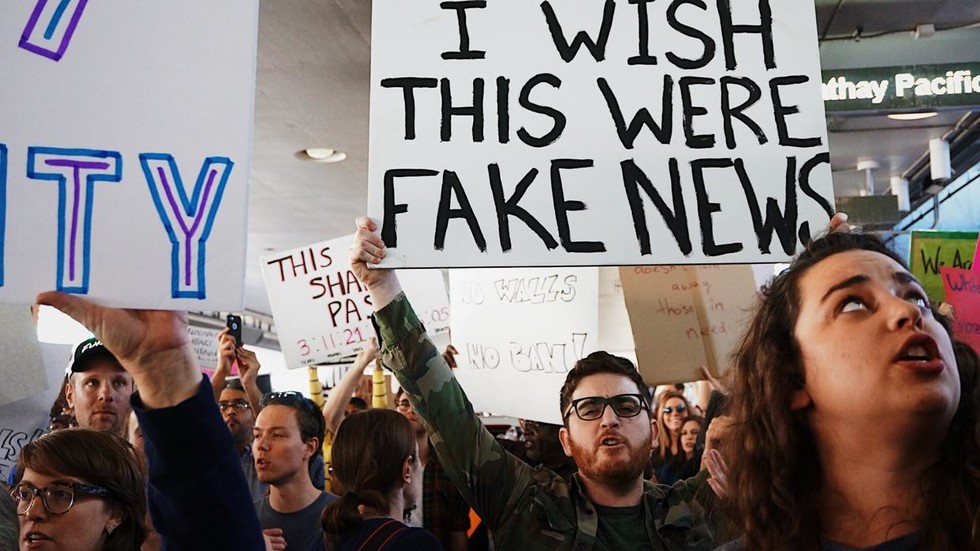
An academic study has confirmed there was no Russian conspiracy to elect Trump

© Kayla Velasquez/Unsplash
Donald Trump’s time as president was dominated by years of mainstream news headlines declaring that his unexpected victory was attributable to Saint Petersburg’s Internet Research Agency (aka ‘The Russian IRA’).
The company reportedly corralled online networks of bots and trolls that perpetuated pro-Trump propaganda in a bid to get the outsider elected at the Kremlin’s request. This narrative quickly became widely accepted among US liberals, and remains entrenched today – but a new study decisively shows it to be false.

Read more
Debunking a lie
The paper, published in the respected academic journal Nature, investigates the exposure of Twitter users to alleged activity on the social media platform by the IRA during the 2016 US election, “and its relationship to attitudes and voting behavior.”
The study’s findings speak for themselves. For example, 70% of purported IRA-connected posts during that campaign were seen by just 1% of the network’s users, “who strongly identified as Republicans.”
Coverage of these posts was moreover “eclipsed by content from domestic news media and politicians.” The academics also found “no evidence of a meaningful relationship” between exposure to these tweets, and “changes in attitudes, polarization, or voting behavior.”
Alleged IRA posts seen on Twitter by users were “overshadowed – by an order of magnitude – by posts from national news media and politicians.” For every four IRA tweets published in the last month of the 2016 election campaign, 106 per day from national news media and 35 per day from US politicians were seen on average. In other words, 25 times and nine times more posts respectively.

© Artur Widak/NurPhoto via Getty Images
The academics also probed whether there was any connection between exposure to alleged IRA posts and “changes in respondents’ positions on salient election issues” and political polarization, surveying them on “eight major policy issues salient during the election, and respondents’ self-reported political ideology.” They bluntly concluded that there were not “statistically significant relationships between exposure on any of the issue-based and polarization outcomes.”
Extensive data-based analyses were also conducted to “examine the relationship between exposure to Russian foreign influence accounts and vote choice.” Again, the conclusion couldn’t be more damning – “the relationship between the number of posts from Russian foreign influence accounts that users are exposed to and voting for Donald Trump is near zero (and not statistically significant).”
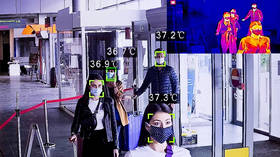
Read more
“This is the case whether the outcome is measured as vote choice in the election itself; the ranking of Clinton and Trump on equivalent survey questions across survey waves; and with the broader measure capturing whether voting behavior more generally favored Trump or Clinton through voting abstentions, changes in vote choice, or voting for a third party.”
Social media are part of the problem
These findings may not be news to some. The headline claims of news coverage and reports produced by supposed “disinformation” experts, attesting to the existence of a Russian social media conspiracy to elect Trump, often sounded seismic – the alleged connivance was repeatedly compared to a new Pearl Harbor. But no evidence to support this charge ever emerged.
Take, for instance, an official Facebook investigation into adverts paid for by the IRA. It estimated that 10 million US citizens saw them, although 56% were published after the election. Roughly a quarter were never seen by anyone, and in 50% of cases, less than $3 was spent on a particular campaign.
While 10 million views may sound significant, the new academic study calls for calm:
“One should be skeptical about its potential effects on attitudes and voting behavior. The large body of political science research that examines the effects of traditional election campaigns on voting behavior finds little evidence of anything but minimal effects, even when messages are well-targeted and conducted in politically conducive environments.”
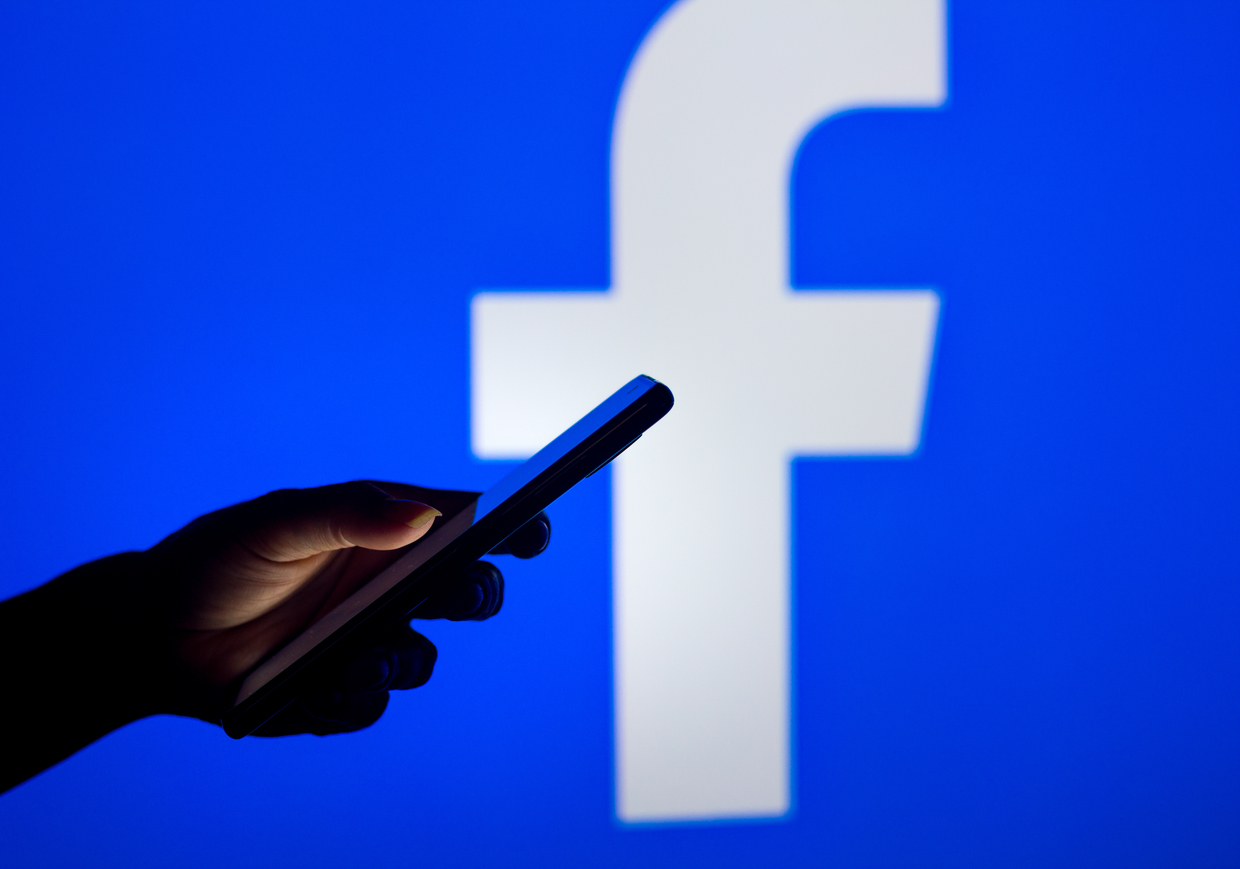
© Illustration by Rafael Henrique/SOPA Images/LightRocket via Getty Images
Recent #TwitterFiles exposures, wholly ignored by the mainstream media but fully dissected by RT, underline the utility of claims of Russian meddling in Western democratic processes to the US national security state. They showed how Twitter was pressured by American intelligence services, lawmakers, pundits and journalists into extensively investigating alleged Russian disinformation on its platform, following the 2016 election.
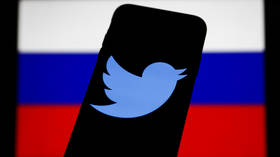
Read more
After several exhaustive official probes turned up no evidence to substantiate the existence of any Kremlin-backed bot or troll networks, Twitter executives were then successfully threatened with the prospect of restrictions on political advertising – which could’ve damaged the company’s business model – into granting American spying agencies an effective backdoor into their operations. Staffers were reduced to effective middlemen for the US government, censoring content and deplatforming users at the direct request of Washington’s power elite.
Despite Twitter’s recent takeover by Elon Musk, and the reappearance of many long-banned dissident voices on the platform, how the company operates may not have significantly changed.
For one thing, the swamp of former military and intelligence officials at the company’s highest levels, deciding which users can gain traction and which can’t, and what users can and can’t see, has stopped being drained. The threat of a mass advertiser exodus, which would result in likely bankruptcy in short order, may well have given its new owner cold feet about making further radical changes to the social network, and who runs it.
Twitter might have been launched with the best intentions, but its efficacy for information warfare was clearly recognized early on by Western spy agencies, and it has served for much of its existence as a highly effective tool in this area. As the academic paper testifies though, it has never been exploited by Russia, or Russians, but rather by the very same powerful figures and entities telling Americans it was all Moscow’s doing.
By Felix Livshitz




